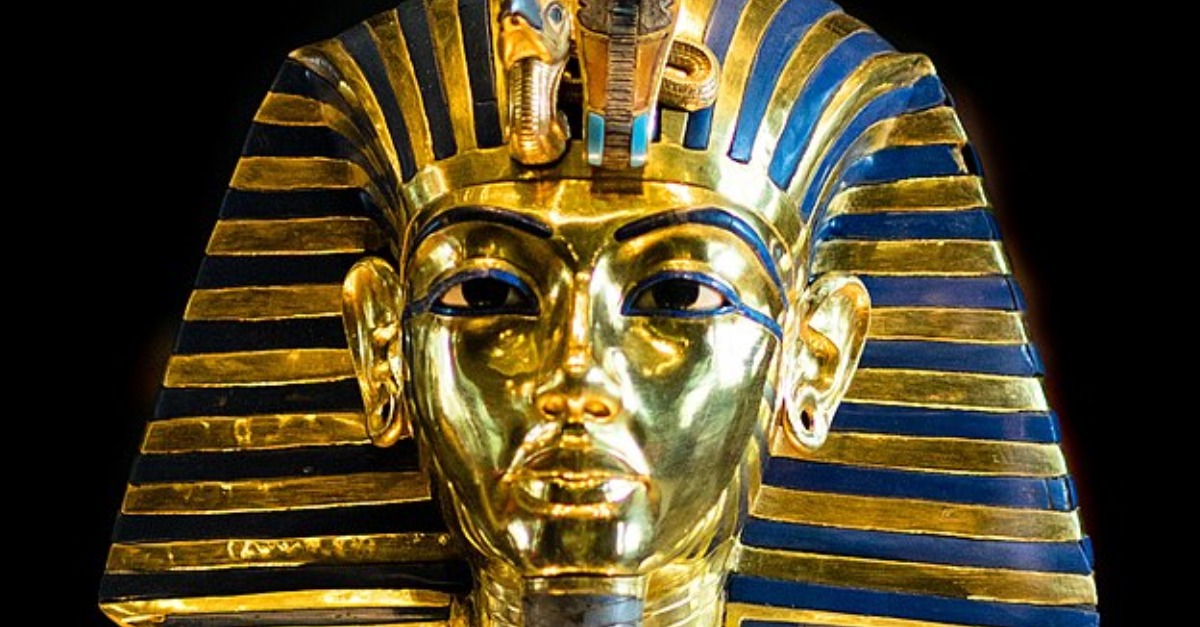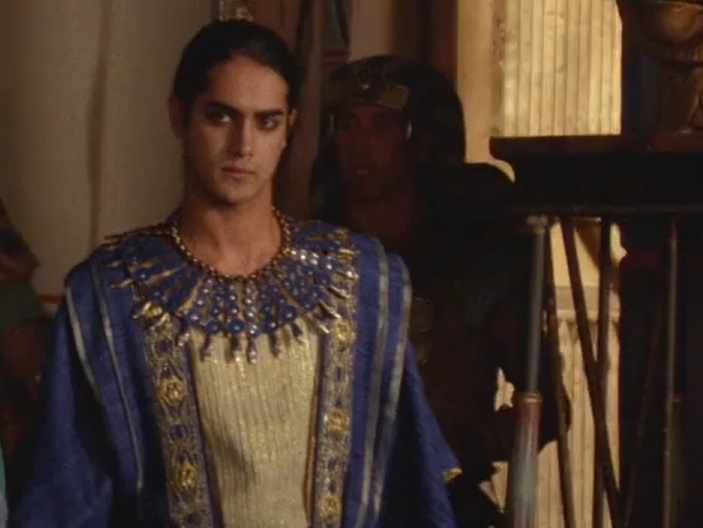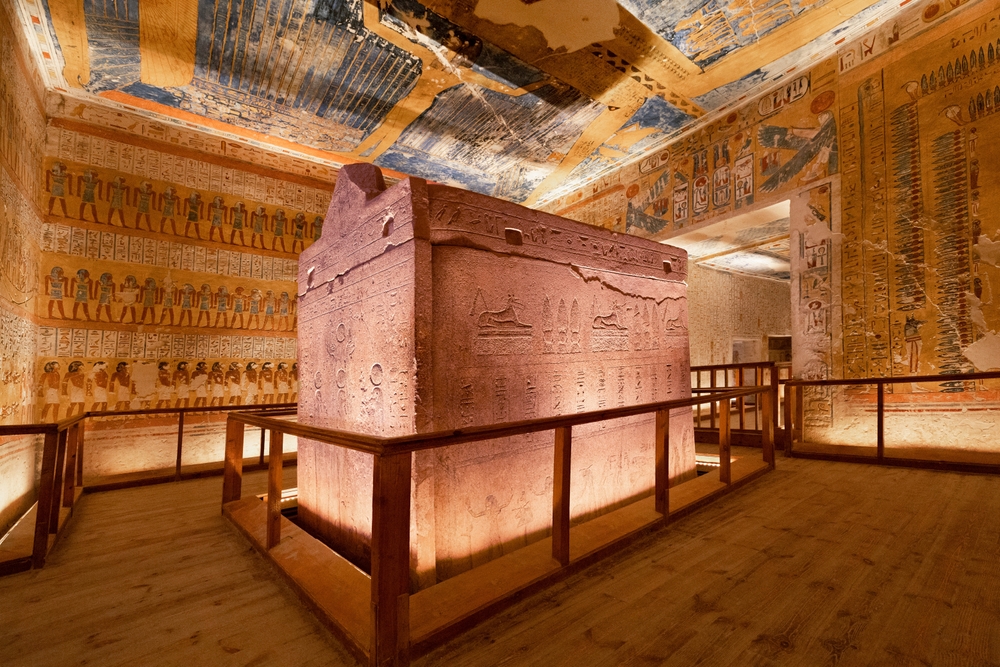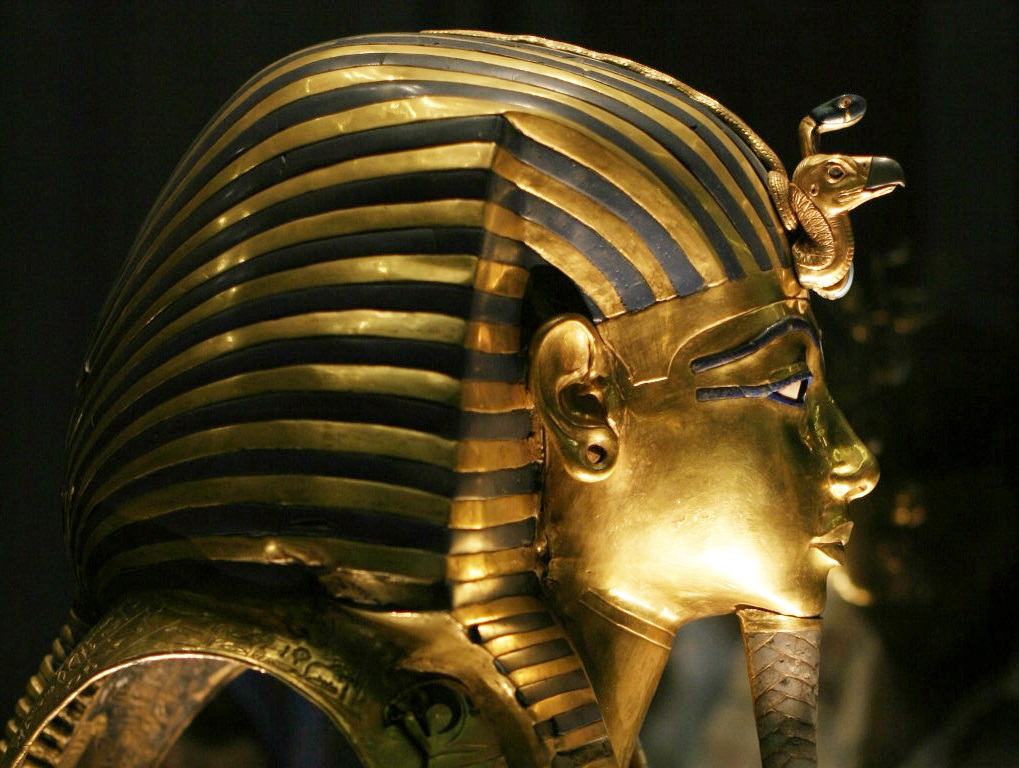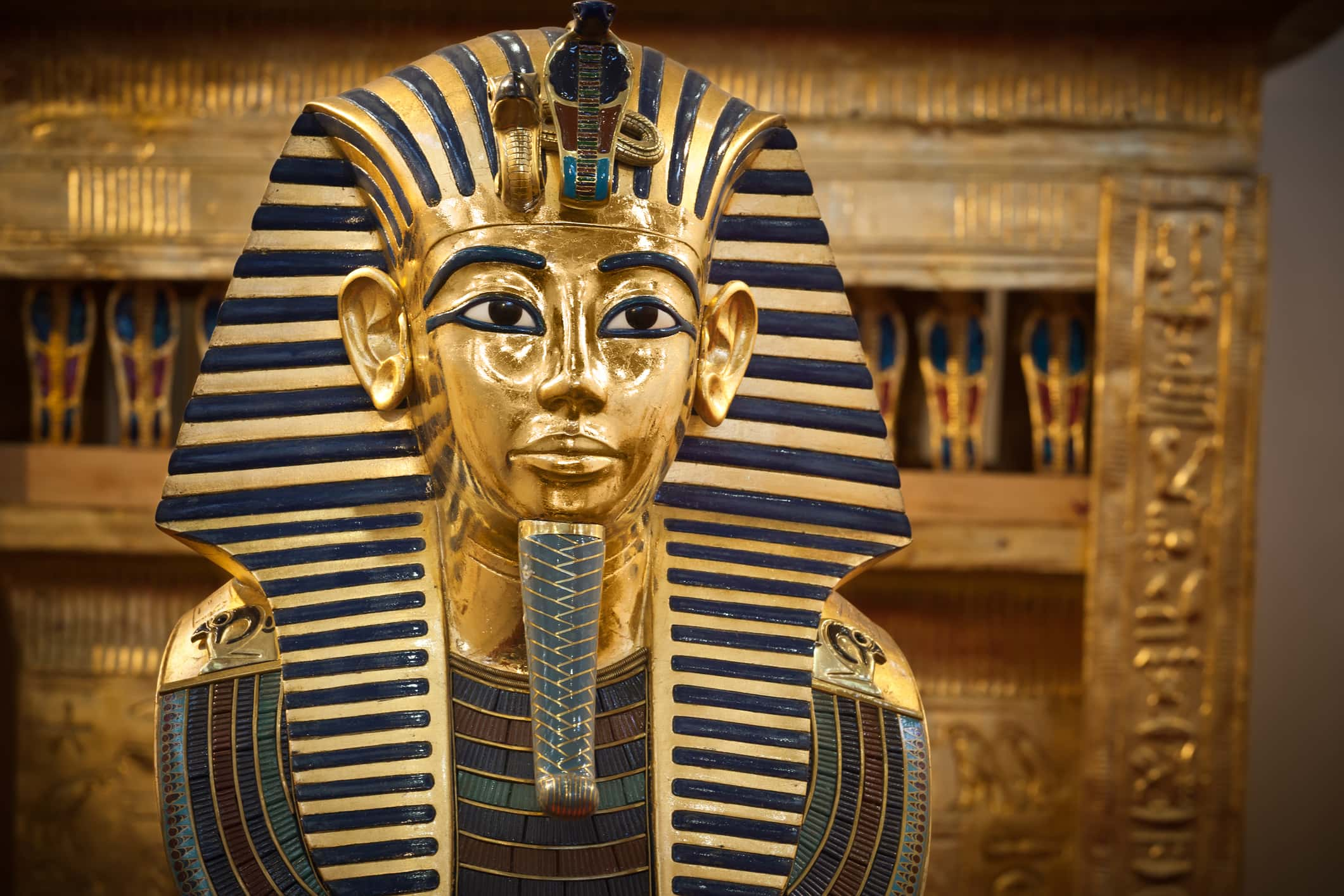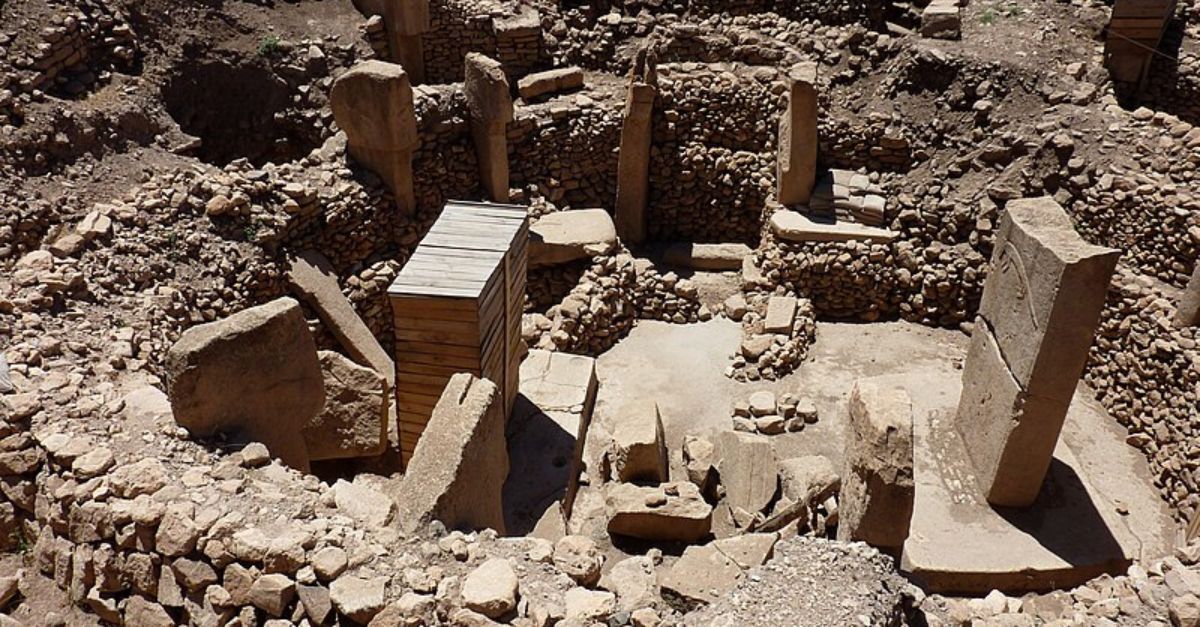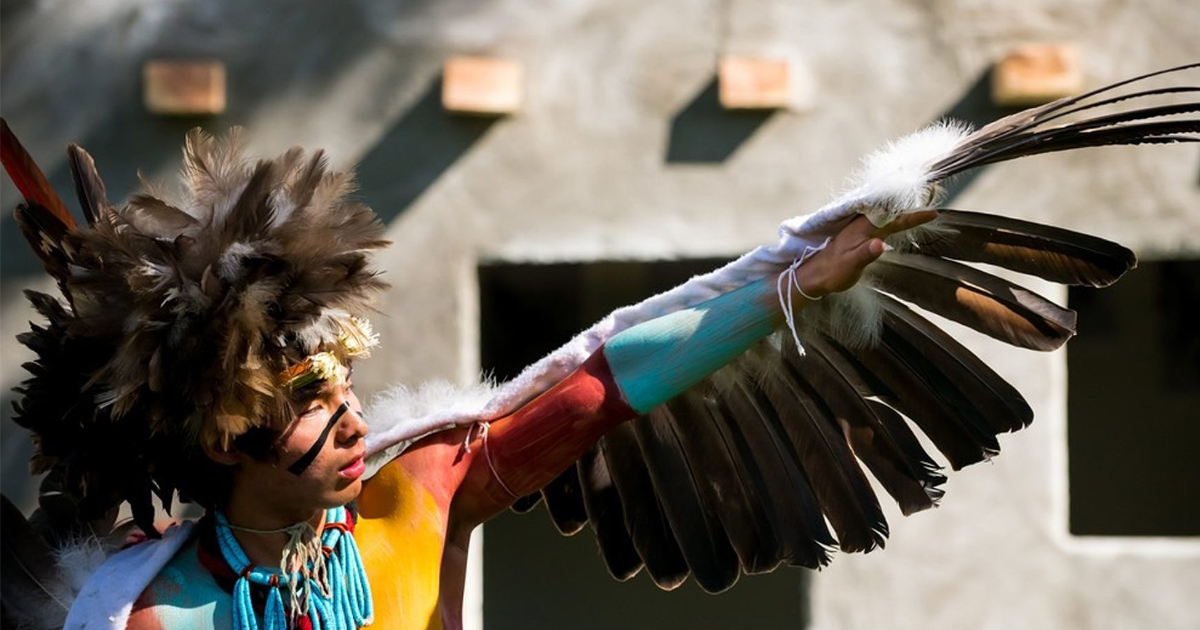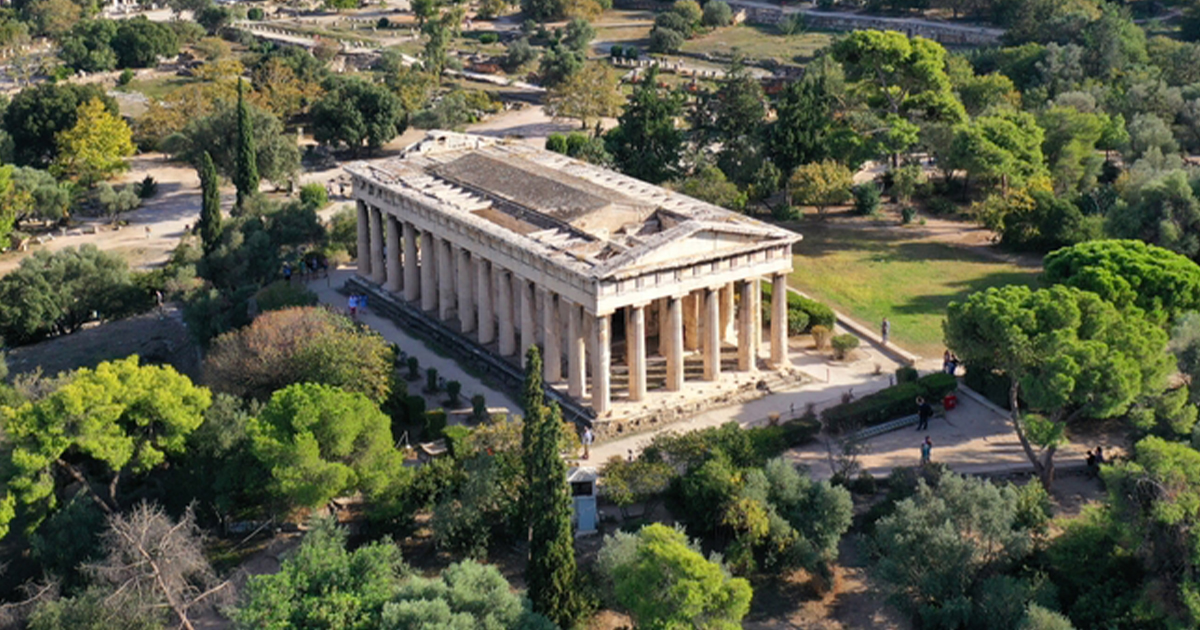Unmasked
It's one of the most iconic archeological finds from ancient Egypt. Everyone knows the King Tut mask. But was it really his? New Evidence seems to suggest the answer is no... at least not originally.
13th Pharaoh
Tutankhamun was the 13th pharaoh of the 18th Dynasty of the New Kingdom/Egyptian Empire. He took the throne around the age of nine and ruled for about a decade.
License To Dig
In 1914, English aristocrat Lord Carnarvon (a man fascinated with Egyptology) was granted a license to dig in the Valley of the Kings, on a site many believed to be the location of the tomb of King Tutankhamun. He hired English Egyptologist Howard Carter to do the digging.
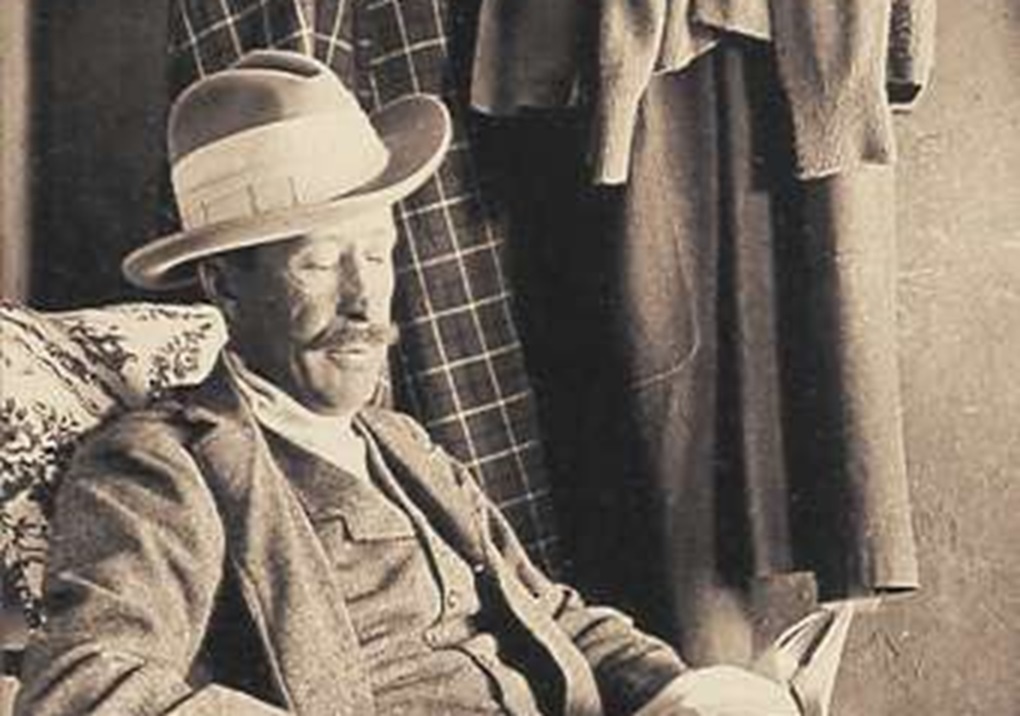 Harry Burton, Wikimedia Commons
Harry Burton, Wikimedia Commons
War Break
Carter got ready and hired a bunch of workers to help him uncover the tomb. But their plans were interrupted by World War I. After the war ended, Carter got back to work.
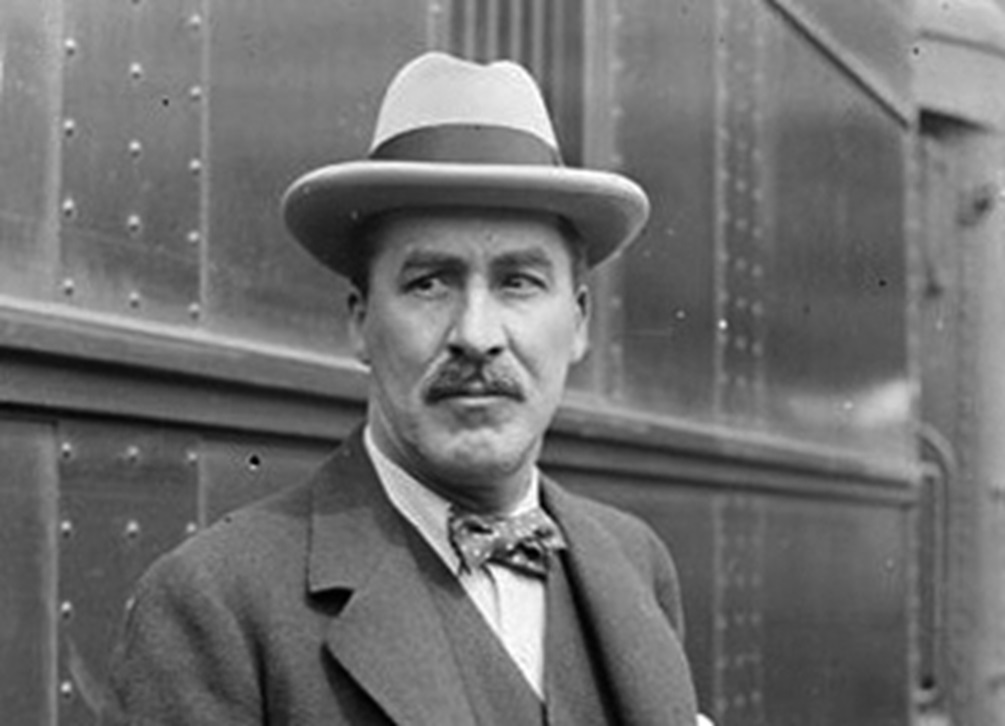 Chicago Daily News, Wikimedia Commons
Chicago Daily News, Wikimedia Commons
Years Of Disappointment
Carter and his team spent years digging at the site with very little to show for it. Lord Carnarvon wanted results and at this point was getting frustrated by the lack of them. So, he told Carter he had one more season to find something before he was going to end his funding of the excavation.
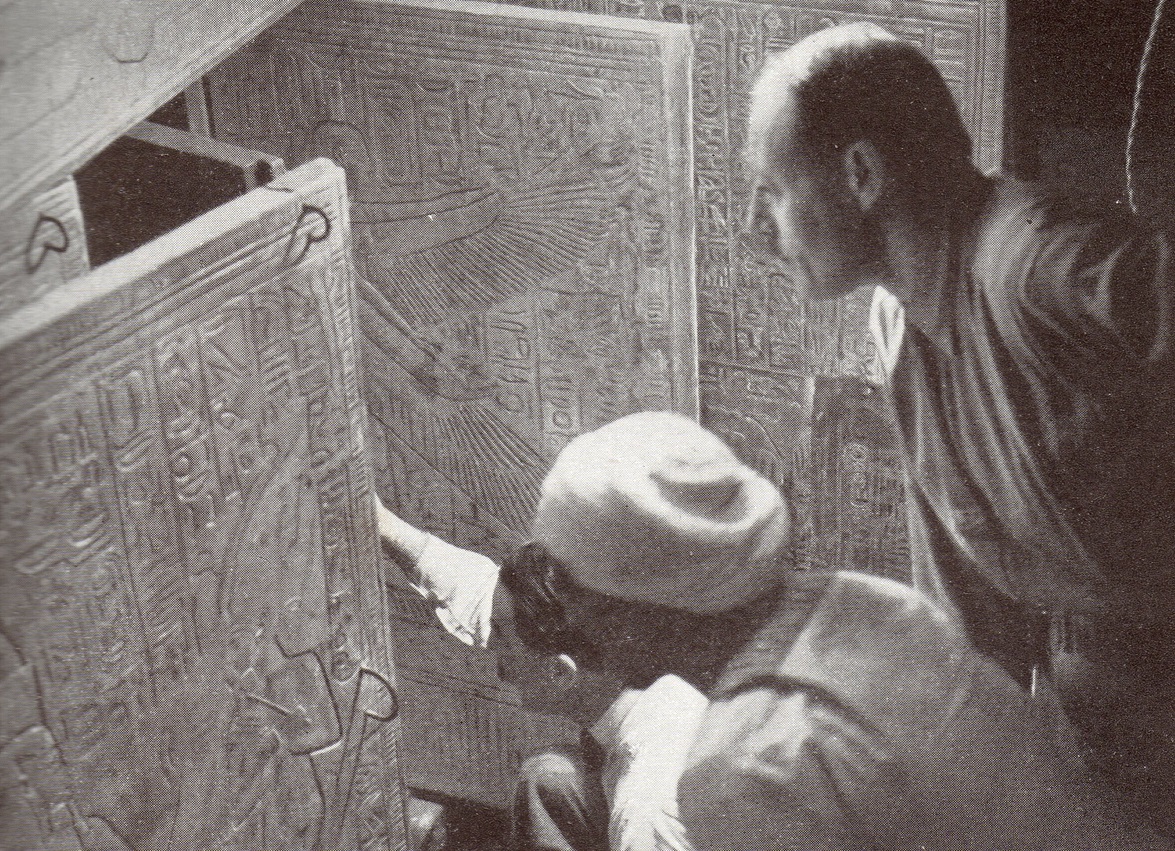 Harry Burton, Wikimedia Commons
Harry Burton, Wikimedia Commons
The Waterboy
No, Adam Sandler didn't have anything to do with this amazing discovery. But we do need to thank a boy whose job it was to fetch water for the workers. Because it was he who, while digging with a stick, discovered a stone step. He got Carter immediately, and from there it was only a matter of time before King Tut was found.
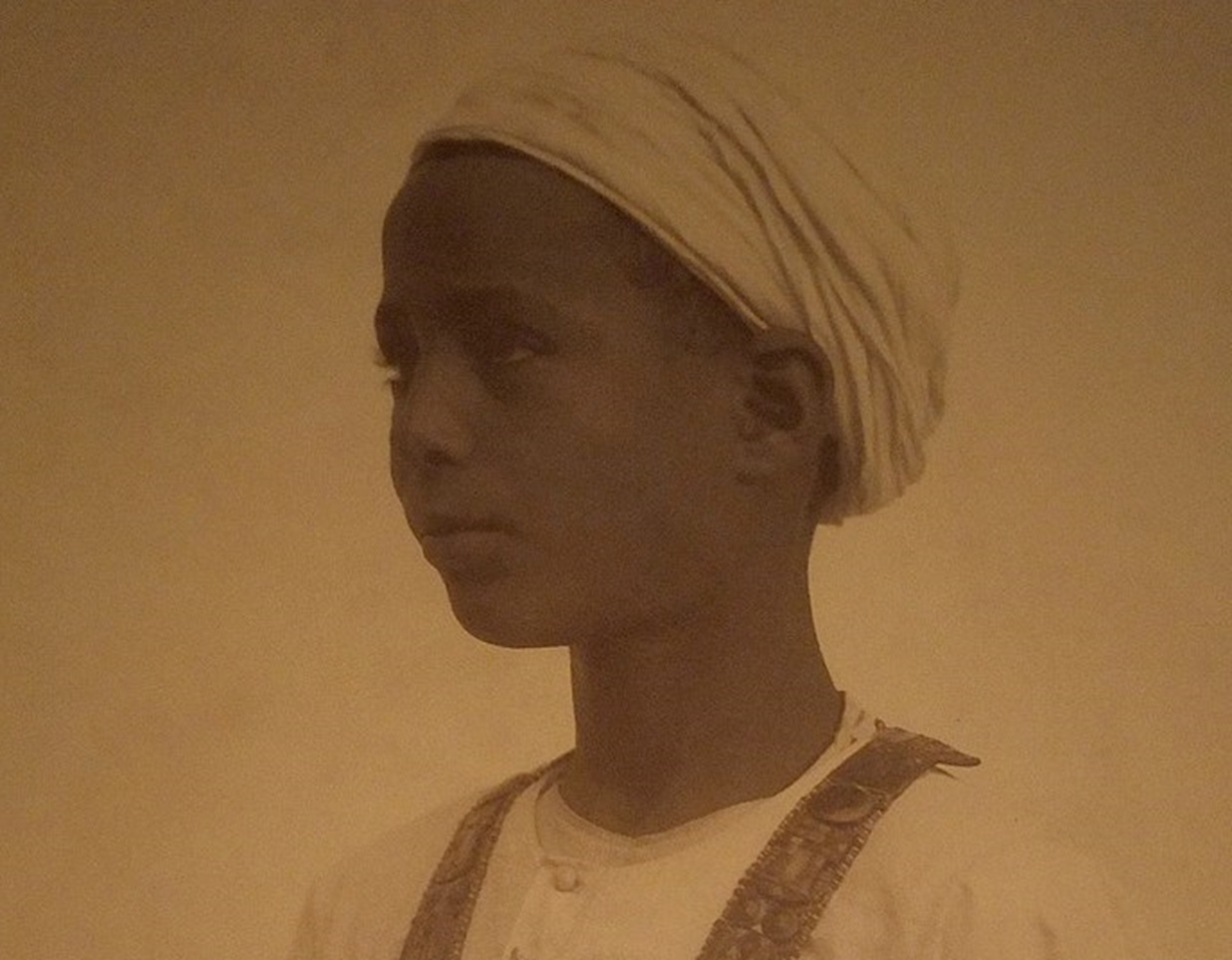 Harry Burton, Wikimedia Commons
Harry Burton, Wikimedia Commons
Stairway To A Secret Chamber
From that one step, Carter and his team excavated a flight of stairs leading to a secret chamber filled with gold and treasures. Carter and Lord Carnarvon entered said chamber on November 26, 1922. But they were still a few months away from King Tut himself.
 Howard Carter, Wikimedia Commons
Howard Carter, Wikimedia Commons
Hello King Tut
On February 16, 1923 Carter finally made his way to the innermost chamber where, yup—you guessed it—they found the sarcophagus of King Tut. Stuff was so much more, well, preserved than what had been found previously in other tombs—including Tut's sarcophagus. The discovery led to a huge boost in interest about ancient Egypt around the globe.
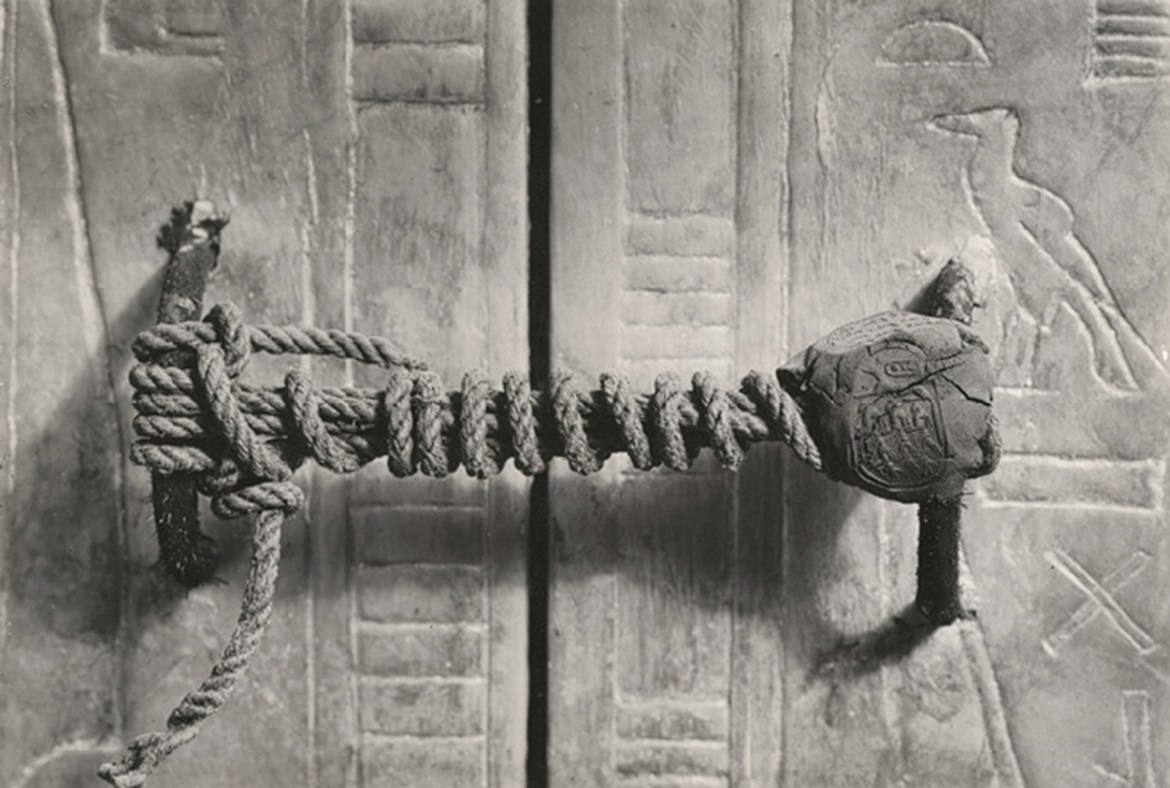 Harry Burton, Wikimedia Commons
Harry Burton, Wikimedia Commons
Amazing Condition
Up until that point, no other royal tomb in the Valley of the Kings region had been found in such amazingly near-intact condition. The discovery led to a huge boost in interest about ancient Egypt around the globe.
Over 5,000 Items
In total, 5,398 artifacts were found in the tomb (doesn't sound like it was that small, does it?), including a solid gold coffin, archery bows, trumpets, a lotus chalice, gold toe stalls, furniture, food, wine, sandals, fresh linen underwear and...
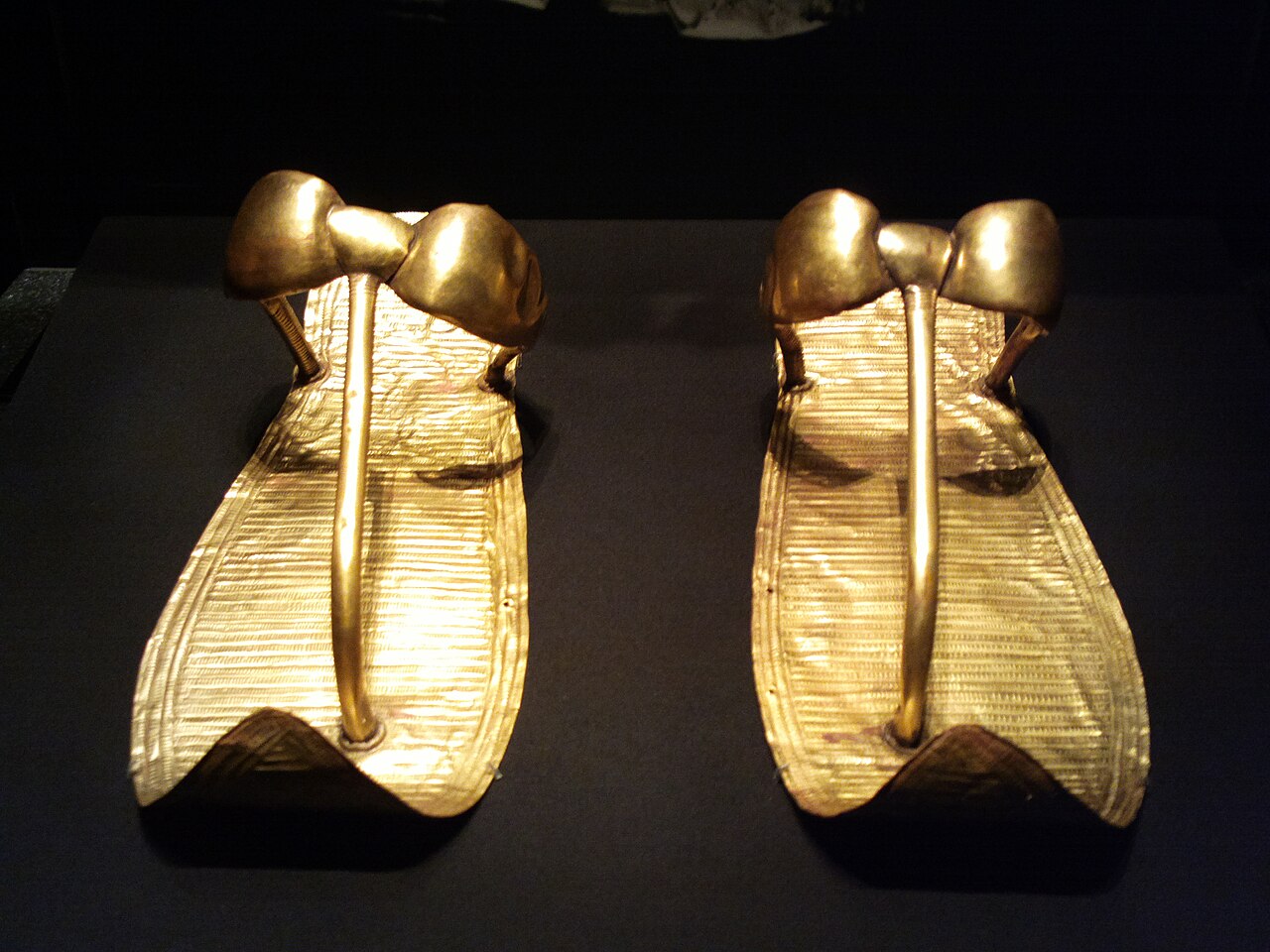 Al Pavangkanan from Van Nuys, USA, CC BY 2.0 , Wikimedia Commons
Al Pavangkanan from Van Nuys, USA, CC BY 2.0 , Wikimedia Commons
Open Sarcophagus
Although discovered in 1923, it wasn't until 1925 that Carter was finally able to open the sarcophagus and reveal Tutankhamun's mummy. It was in October of that year that they opened the most inner of three coffins—and that is where they saw it... The Burial Mask.
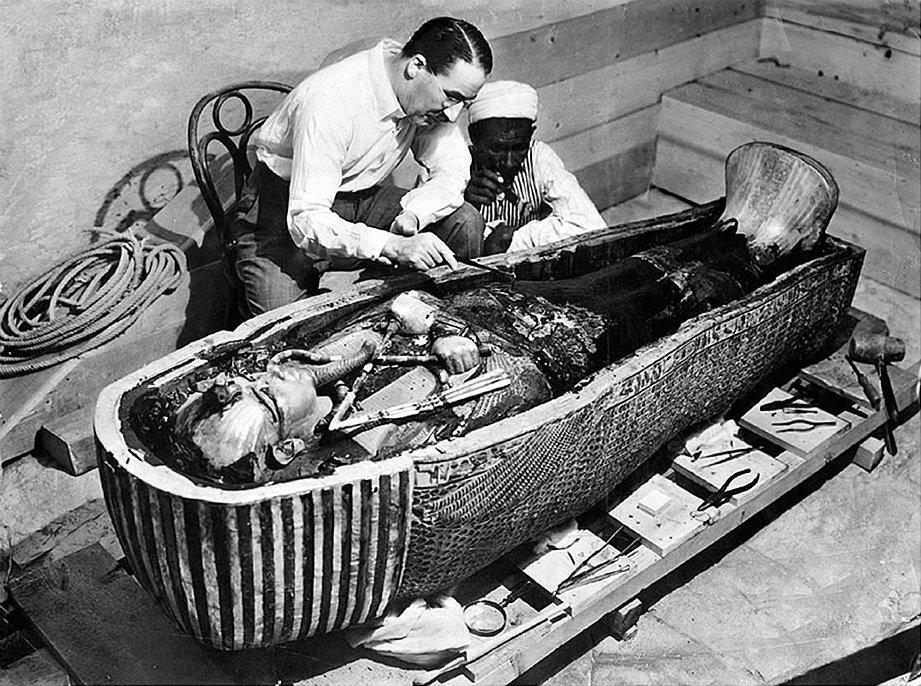 Exclusive to The Times, Wikimedia Commons
Exclusive to The Times, Wikimedia Commons
King Tut's Mask
This is how Carter described the moment in his diary:
"The pins were removed, the lid was raised. The penultimate scene was disclosed – a very neatly wrapped mummy of the young king, with golden mask of sad but tranquil expression, symbolizing Osiris … the mask bears that god's attributes, but the likeness is that of Tut.Ankh.Amen – placid and beautiful, with the same features as we find upon his statues and coffins. The mask has fallen slightly back, thus its gaze is straight up to the heavens".
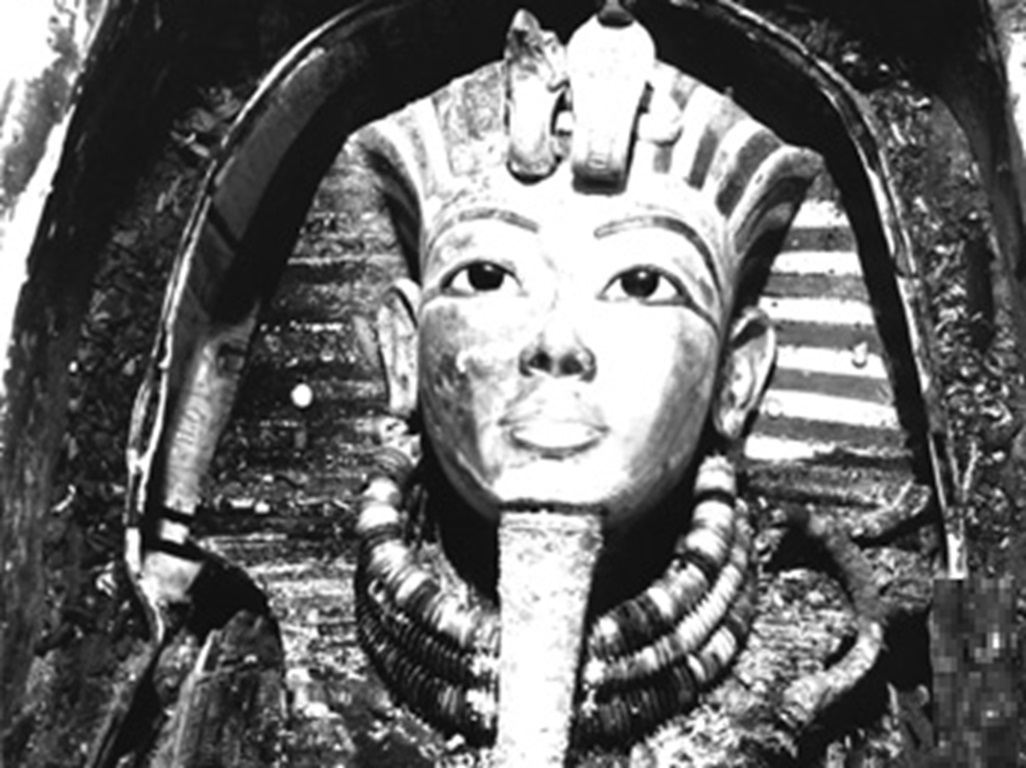 Harry Burton, Wikimedia Commons
Harry Burton, Wikimedia Commons
King Tut's Mask
That mask is maybe the most famous artifact that Carter and his team unearthed, the one that has ingrained itself into our collective historical minds. The one that British Egyptologist and archaeologist Nicholas Reeves called, "not only the quintessential image from Tutankhamun's tomb, it is perhaps the best-known object from ancient Egypt itself".
King Tut's Mask
In December of 1925, the mask was finally removed from the tomb and transported to the Egyptian Museum in Cairo where it has been on public display ever since.
But was it really Tut's mask?
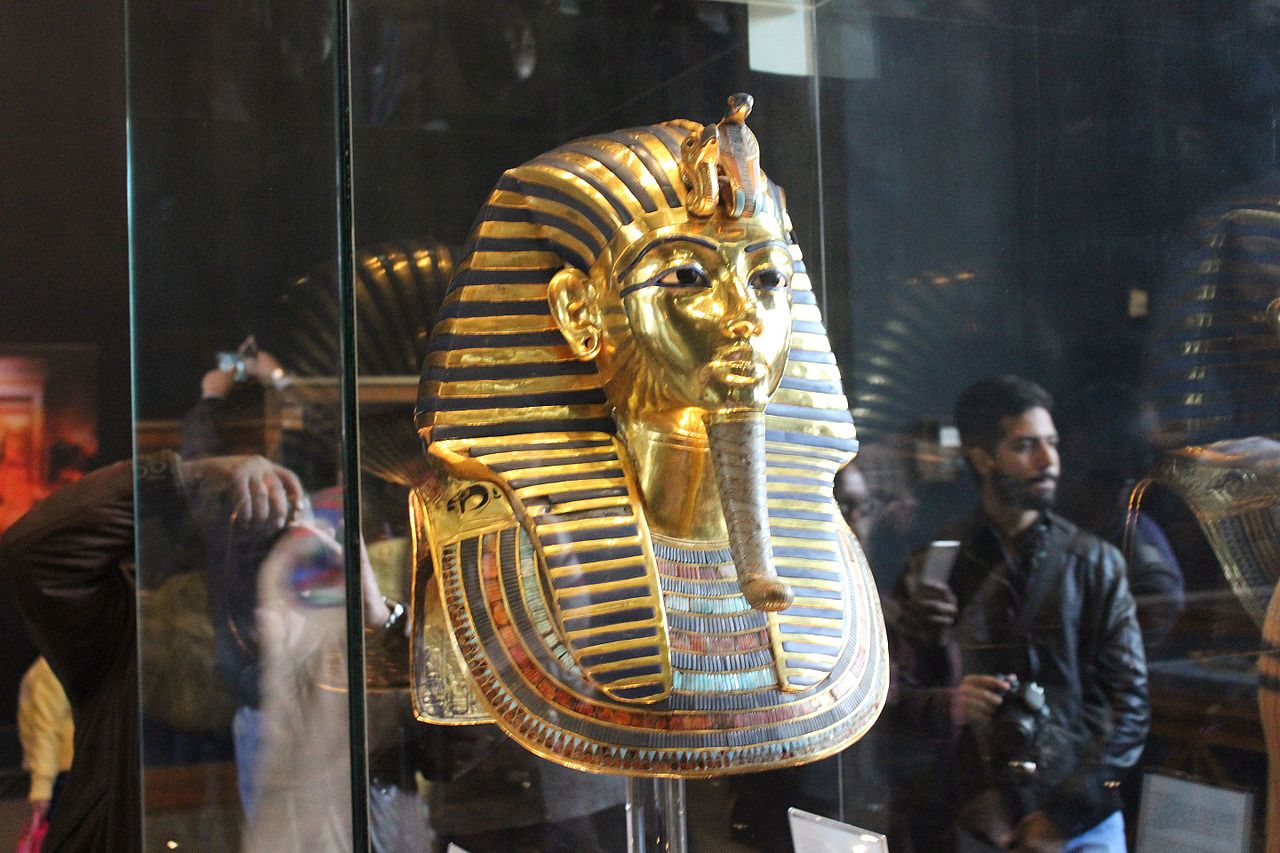 لا روسا, CC BY-SA 4.0, Wikimedia Commons
لا روسا, CC BY-SA 4.0, Wikimedia Commons
Not Intended For Tutankhamun
When we say it wasn't Tut's mask, we aren't saying that it's a fake mask or anything like that. No one is. There's obviously no denying that the mask was the one found along with Tut when Carter and his team found him. What people have argued is that the mask wasn't originally made for him. And new found evidence seems to only strengthen that position.
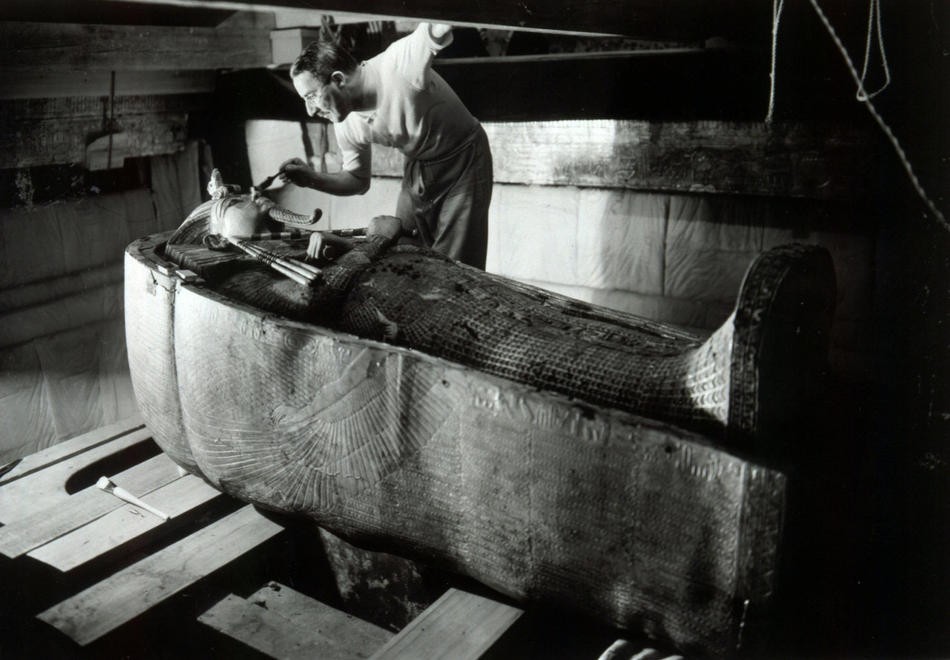 Harry Burton, Wikimedia Commons
Harry Burton, Wikimedia Commons
Tut Was 19
King Tut was around 19 years old when he passed away in 1323. And this is important because, according to Egyptologist Joann Fletcher, "This mask was not made for an adult male pharaoh". So, who was the mask made for then?
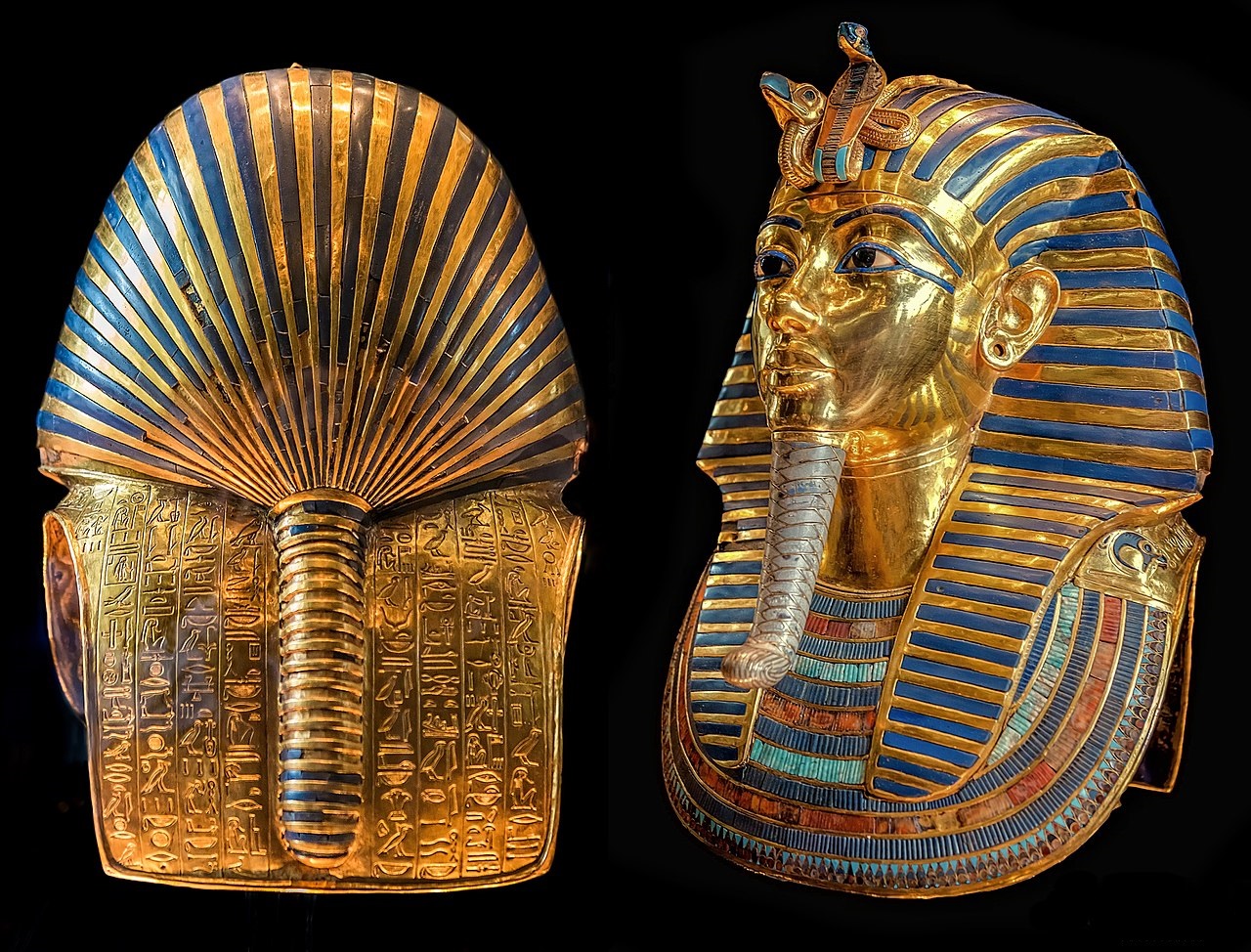 Tarekheikal, CC BY-SA 4.0, Wikimedia Commons
Tarekheikal, CC BY-SA 4.0, Wikimedia Commons
A Kid Or A Woman?
The mask has earring holes. And who wore earrings in Ancient Egypt? Kids and women. Yes, Tut was known as "the boy king", and assumed the throne at nine years old (when he probably did wear earrings). However, by the time he was 19, many experts (but not all) agree that his earring-wearing days had most likely ended a while ago. While the theory that it was made for someone else is intriguing—what's even more intriguing is who some experts think that "someone" was...
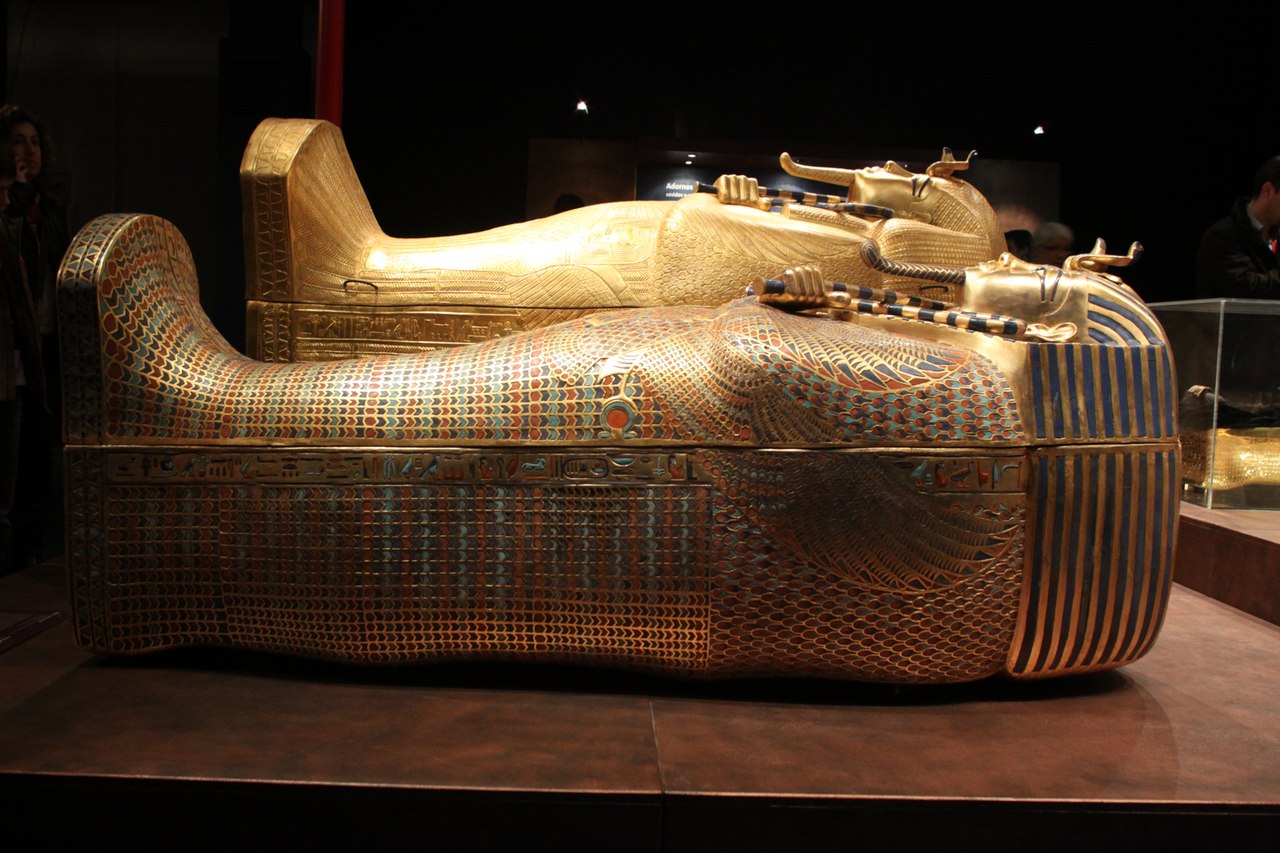 Nerve net, CC BY-SA 3.0, Wikimedia Commons
Nerve net, CC BY-SA 3.0, Wikimedia Commons
Nefertiti
Yup, these earring holes have given a boost to those who think the mask originally belonged to none other than Tut's possible mother—Queen Nefertiti.
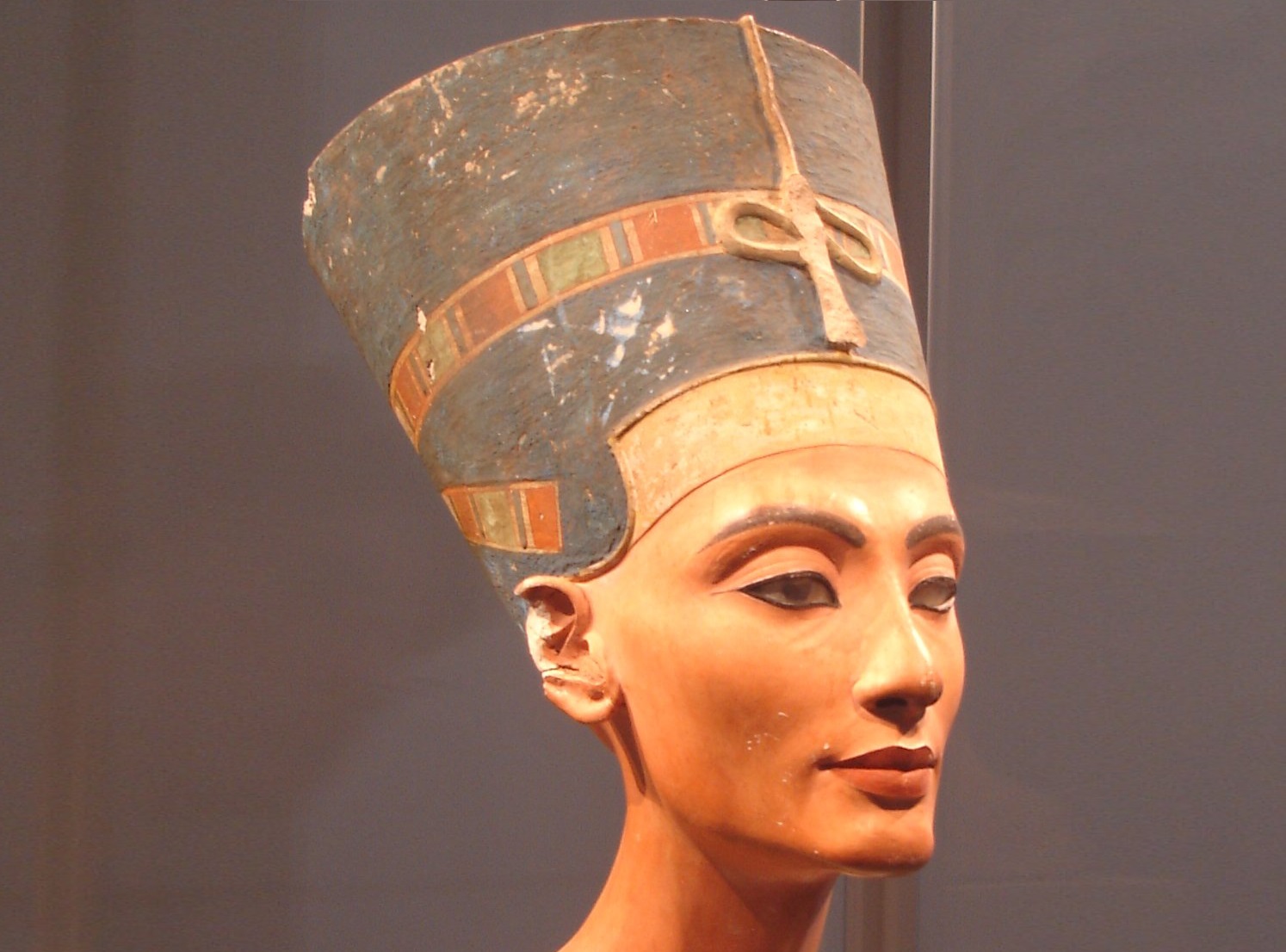 Unknown Author, Wikimedia Commons
Unknown Author, Wikimedia Commons
Neferneferuaten
There is also the theory held by a number of Egyptologists that the mask was originally intended for a female pharaoh known as Neferneferuaten (who, many suggest, was Nefertiti).
But there's more to these non-Tut theories than just earring holes.
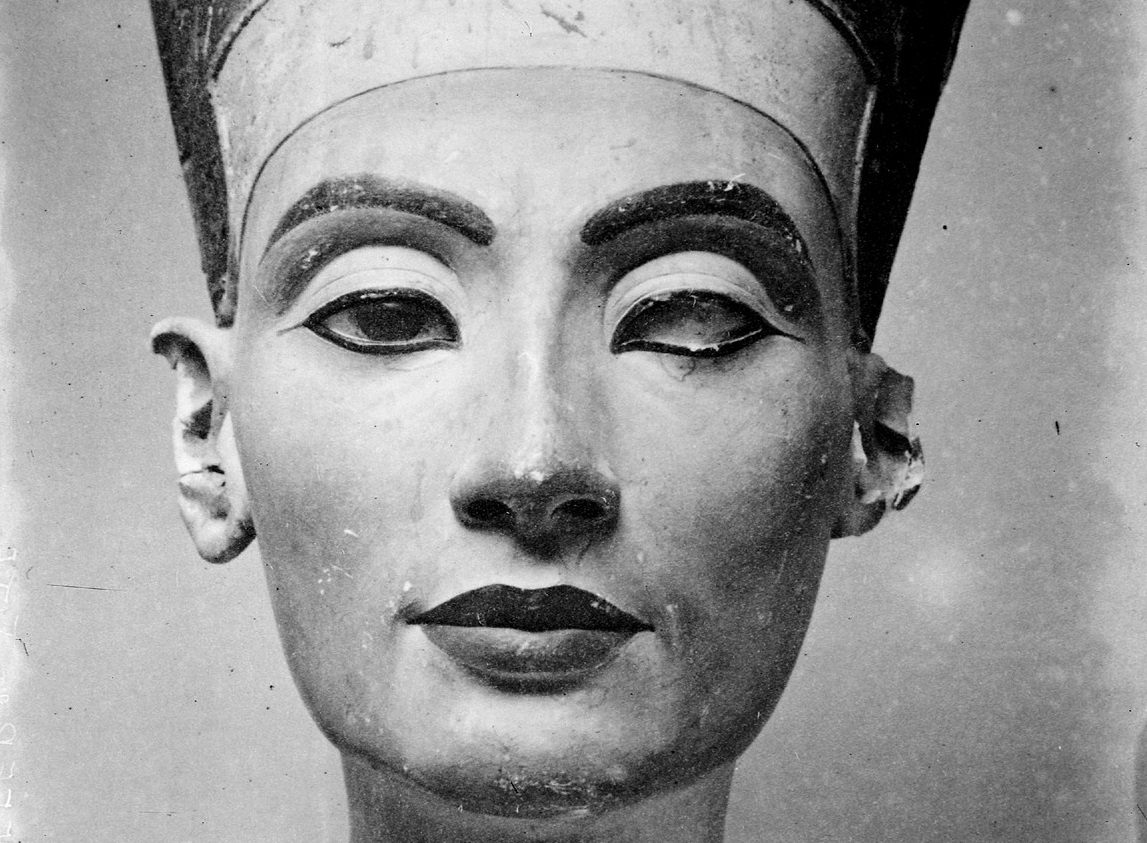 Wellcome Images, CC BY 4.0, Wikimedia Commons
Wellcome Images, CC BY 4.0, Wikimedia Commons
Different Gold
A closer examination of the mask has found two completely different golds (the gold used for the face doesn't match the gold used on the rest of the mask). Professor Fletcher has also stated that "evidence of soldering is clearly visible on the mask".
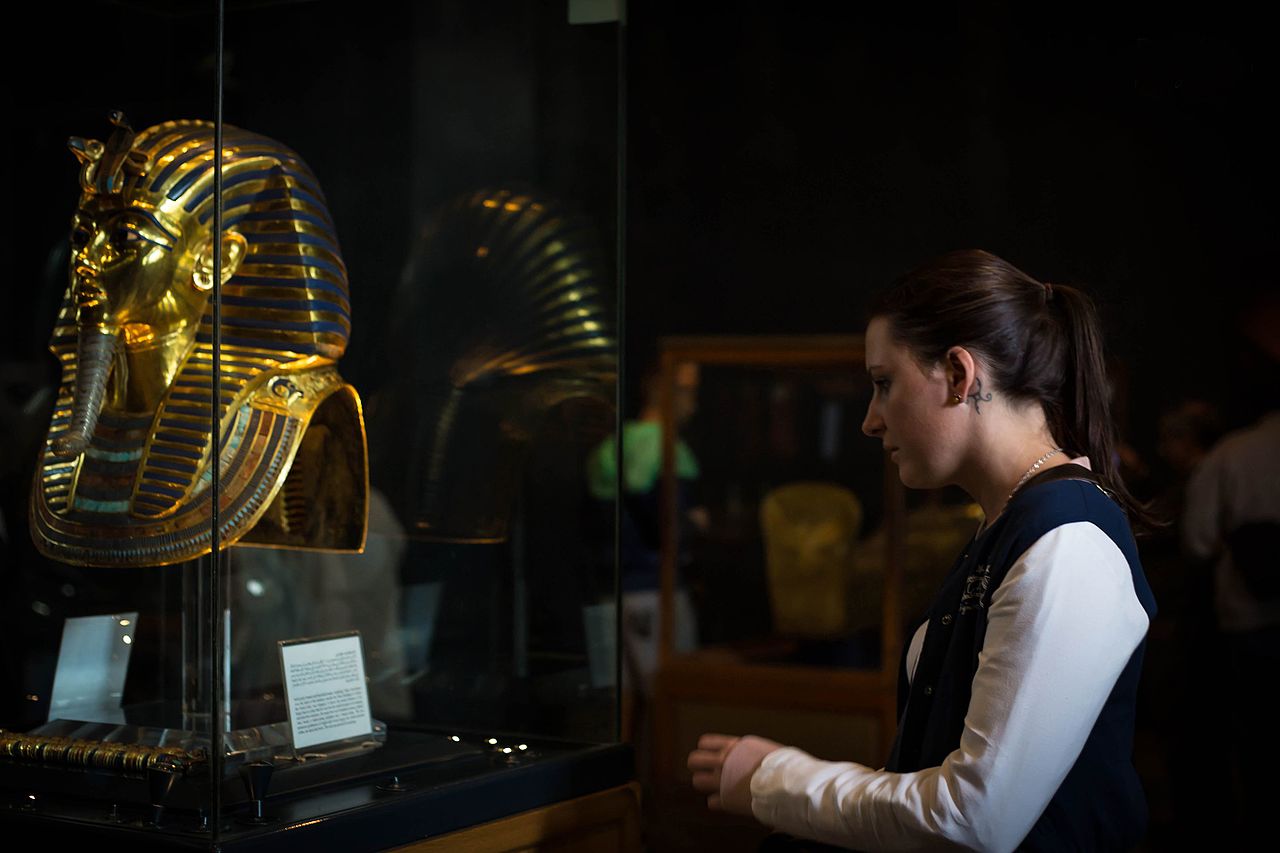 Diaa Mekky, CC BY-SA 4.0, Wikimedia Commons
Diaa Mekky, CC BY-SA 4.0, Wikimedia Commons
Different Gold
All this makes it seem that, according to Fletcher, "Tutankhamun’s own face was effectively grafted onto the mask of the previous ruler". But why, you may be wondering, wouldn't they have made a burial mask specifically for Tut? He was a Pharaoh after all.
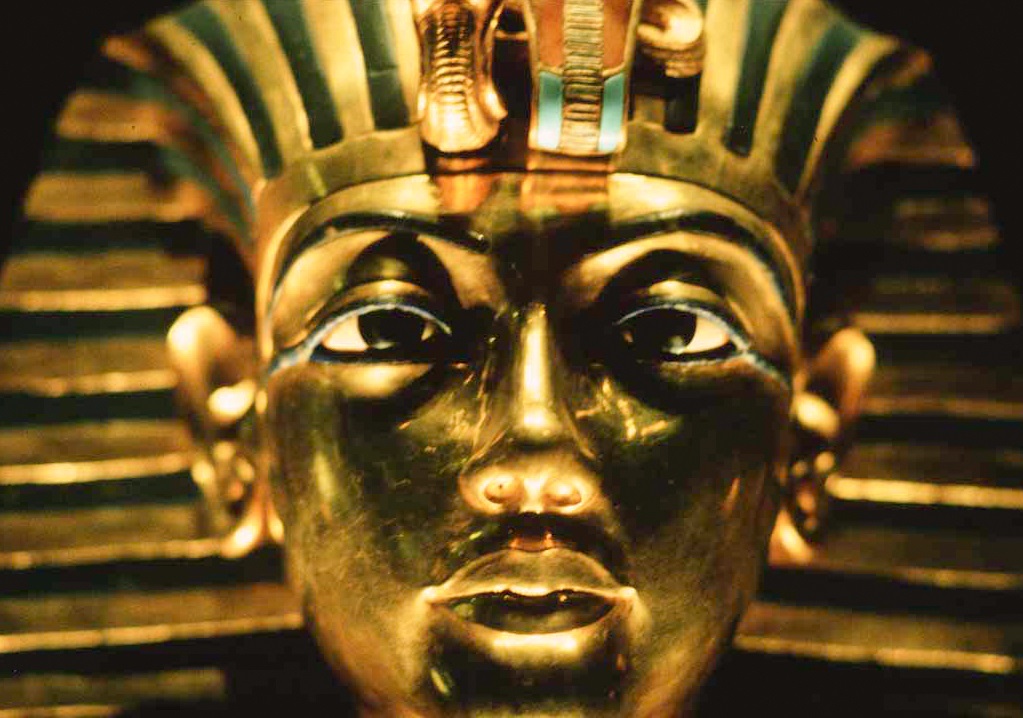 Steve Evans, CC BY 2.0, Wikimedia Commons
Steve Evans, CC BY 2.0, Wikimedia Commons
They Were Caught Off Guard
There is evidence suggesting that Tutankhamun's passing at 19 from malaria was, at least, somewhat unexpected—and officials could've been caught in the lurch, needing to prepare a tomb and a burial mask on short notice. A struggle for power amongst those left behind could have also played a part in the need to put Tut to rest in a hurry.
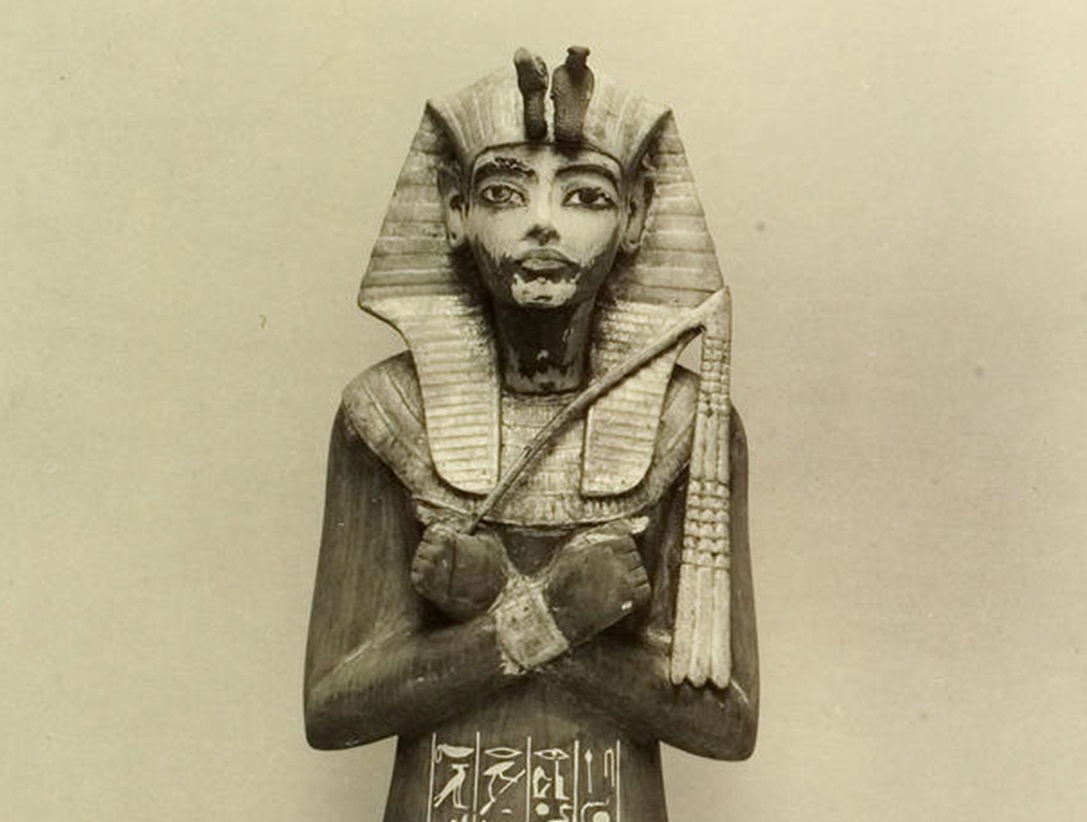 Harry Burton, Wikimedia Commons
Harry Burton, Wikimedia Commons
Probably Should've Been Prepared
While they may have been caught by surprise at Tut's passing, they probably shouldn't have been, given the health issues he suffered with his whole life. Tut had a cleft palate, curved spine, and a club foot. Not to mention the malaria that caused his passing and the broken leg he had at the time of his passing (an injury possibly suffered from a chariot crash).
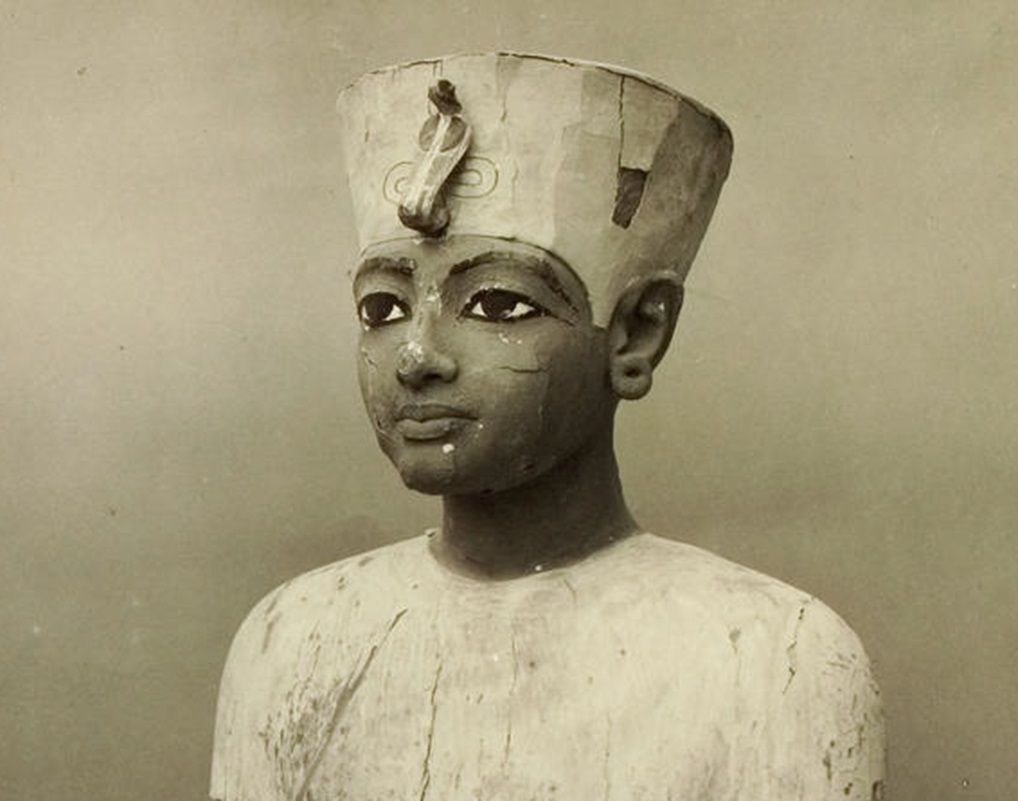 Harry Burton, Wikimedia Commons
Harry Burton, Wikimedia Commons
Wet Paint
This hurried burial theory is bolstered by some experts who claim that there is evidence suggesting the paint in the tomb was still wet when it was all sealed up.
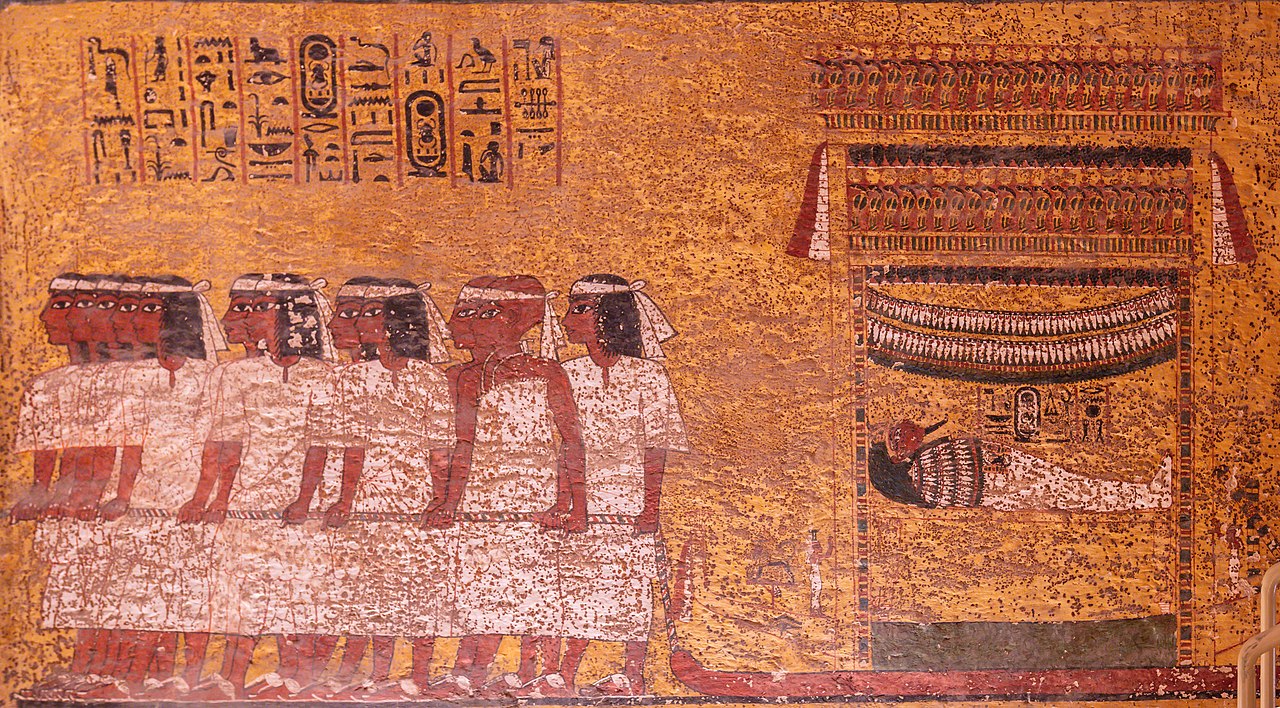 Diego Delso, CC BY-SA 4.0, Wikimedia Commons
Diego Delso, CC BY-SA 4.0, Wikimedia Commons
Tiny Tomb
More evidence for the caught-by-surprise theory is the size of Tut's tomb. Normally, a Pharaoh of his stature would be buried in a large tomb. However, the one Tut was discovered in was relatively small in relation to his status. The theory being that, in order to maintain the customary 70 days between death and burial, officials—unable to get a proper one built in time—used a tomb already built for someone else.
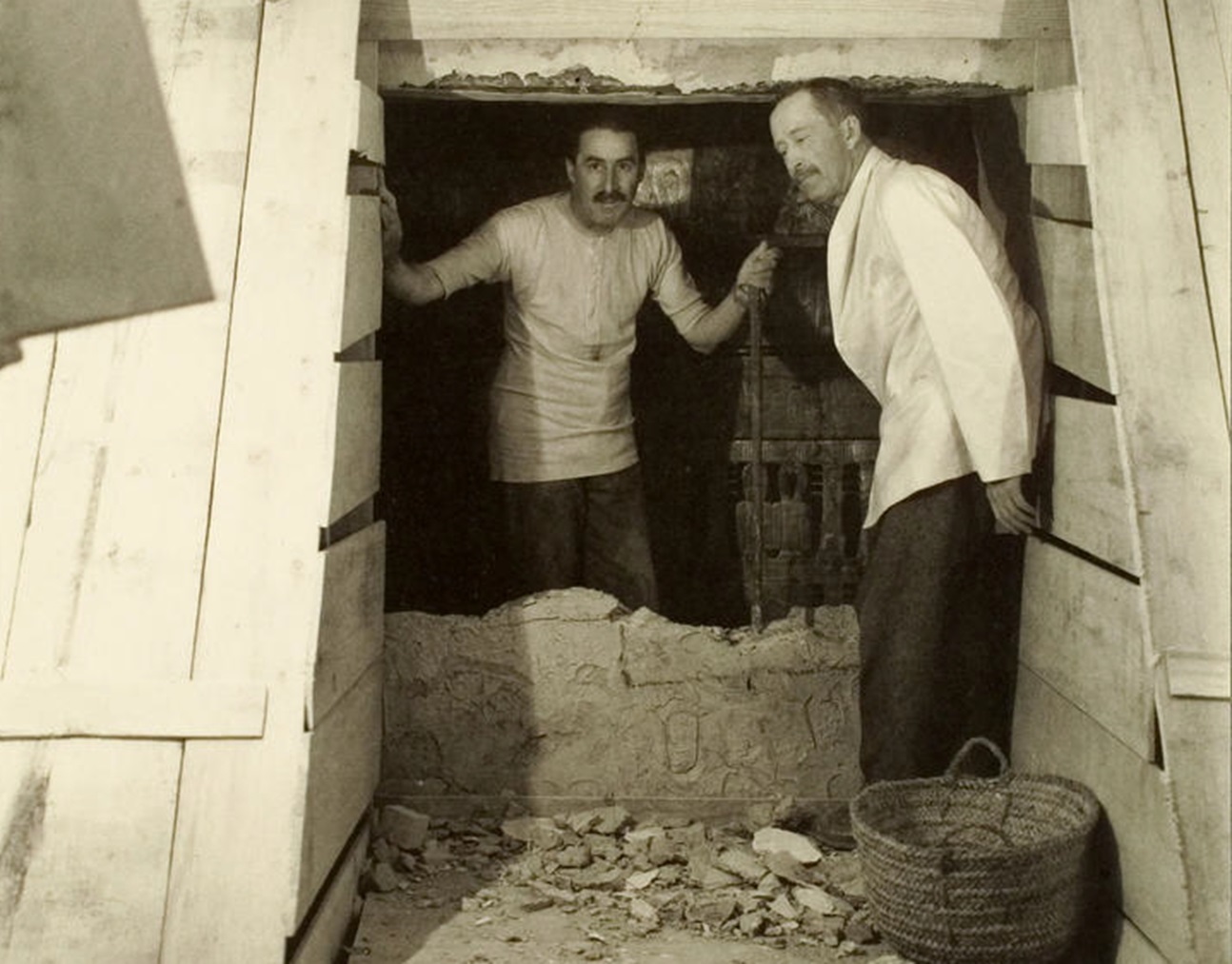 Harry Burton, Wikimedia Commons
Harry Burton, Wikimedia Commons
Grab A Mask
If this is true, and officials were rushed to put Tut to rest, it could make sense that they would've just grabbed an already used mask instead of starting one from scratch.
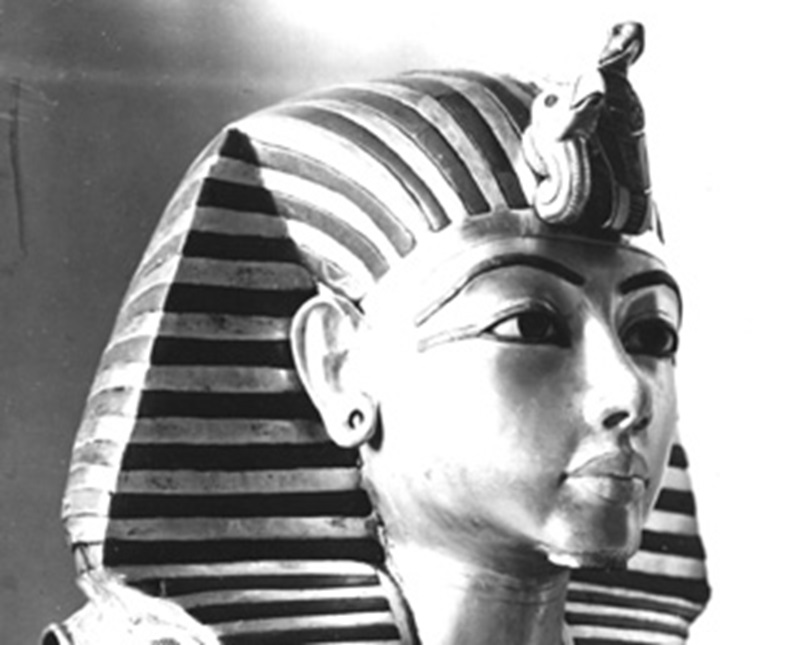 Harry Burton, Wikimedia Commons
Harry Burton, Wikimedia Commons
Heavy Is The Mask
The gold burial mask is 21 inches tall, inlaid with precious stones, and weighs 22.5 pounds (5.5 pounds of which is the golden beard).
 Diaa Mekky, CC BY-SA 4.0, Wikimedia Commons
Diaa Mekky, CC BY-SA 4.0, Wikimedia Commons
Throw On A Beard
Obviously if originally intended for a woman, there wouldn't have been a need for a beard. But with the evidence of soldering and the different golds used, the theory goes that they would've added the beard to the mask after taking it from the previous user (a kid or a woman).
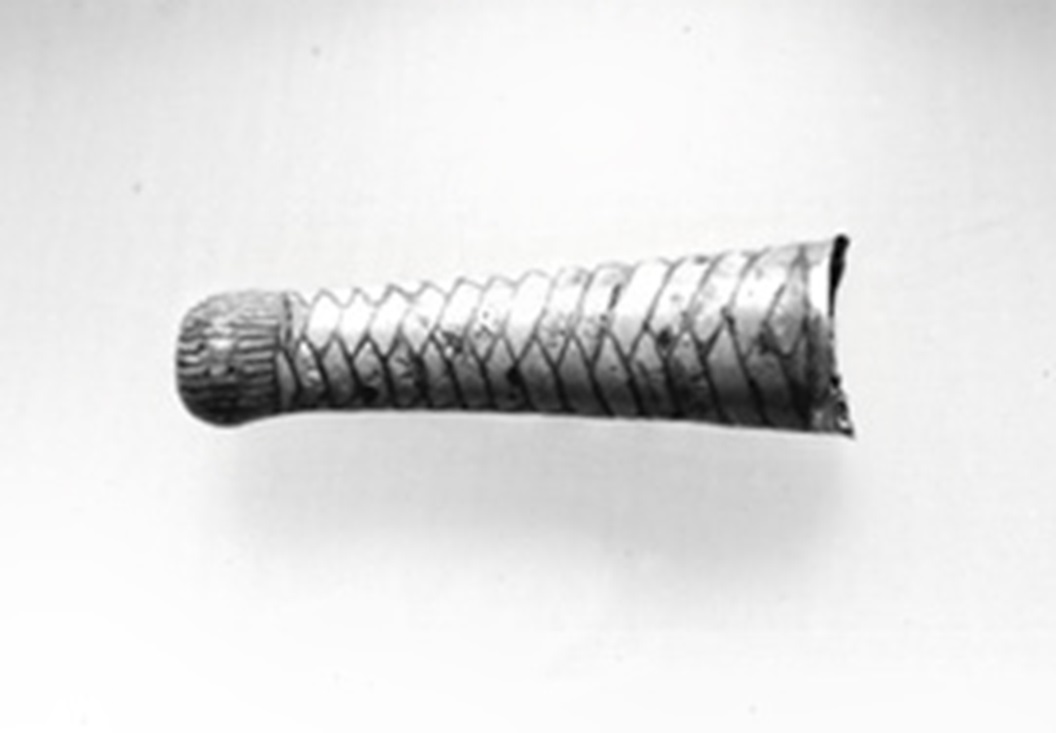 Harry Burton, Wikimedia Commons
Harry Burton, Wikimedia Commons
Not Everyone Agrees
When it comes to the earring holes, there are some experts who dismiss this argument and claim that "all the 18th Dynasty's rulers wore earrings during their period of rule".
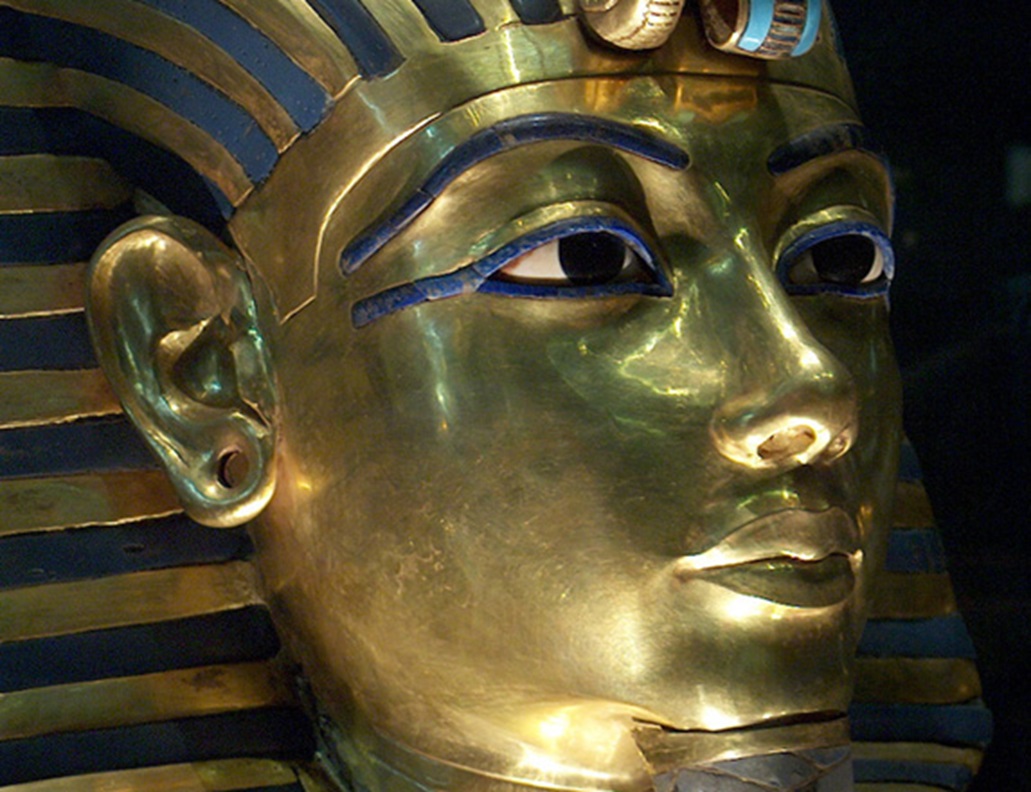 Aikon, CC BY-SA 3.0, Wikimedia Commons
Aikon, CC BY-SA 3.0, Wikimedia Commons
Not Everyone Agrees
And as for the different gold types...Christian Eckmann, a metal conservation expert, has said that there is no indication that the face is made with different gold.
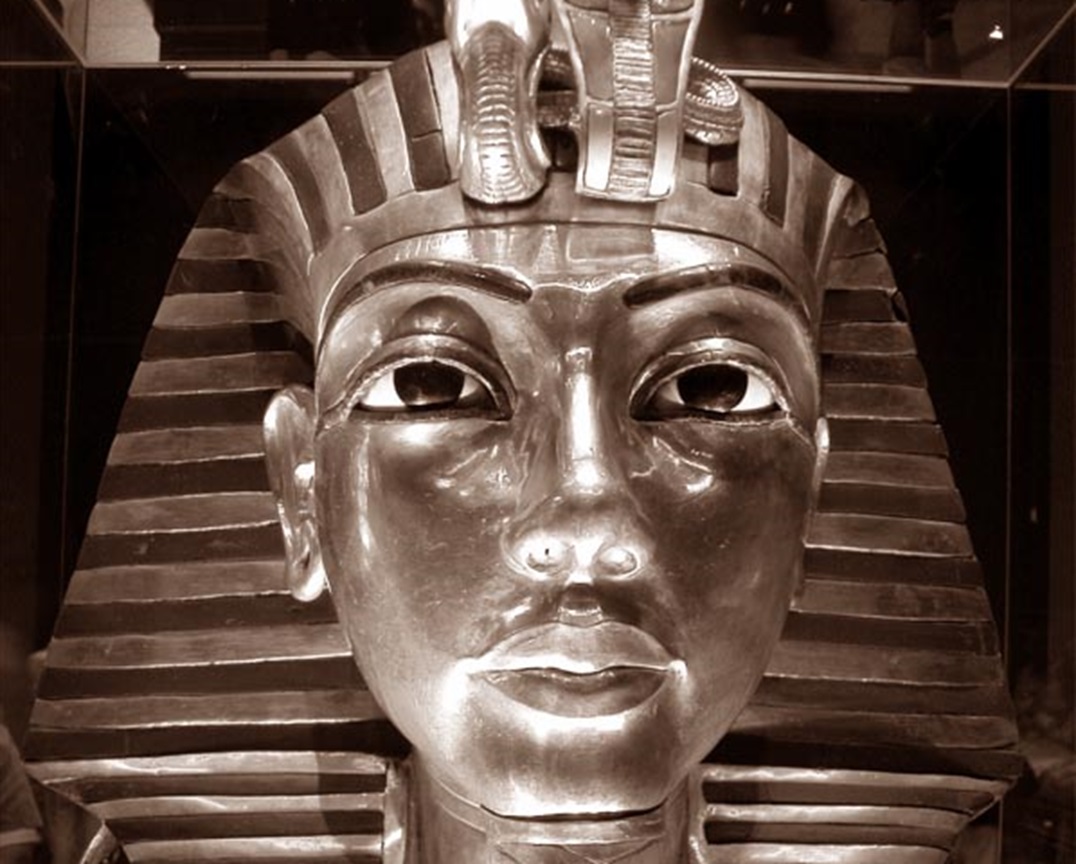 Lander, CC BY-SA 3.0, Wikimedia Commons
Lander, CC BY-SA 3.0, Wikimedia Commons
It Isn't Unanimous
So, as we can see—while there have been experts arguing for a different original owner of the mask for decades, this theory isn't without its detractors. And facts that speak loudly to some, are much more quiet to others. What do you think?

